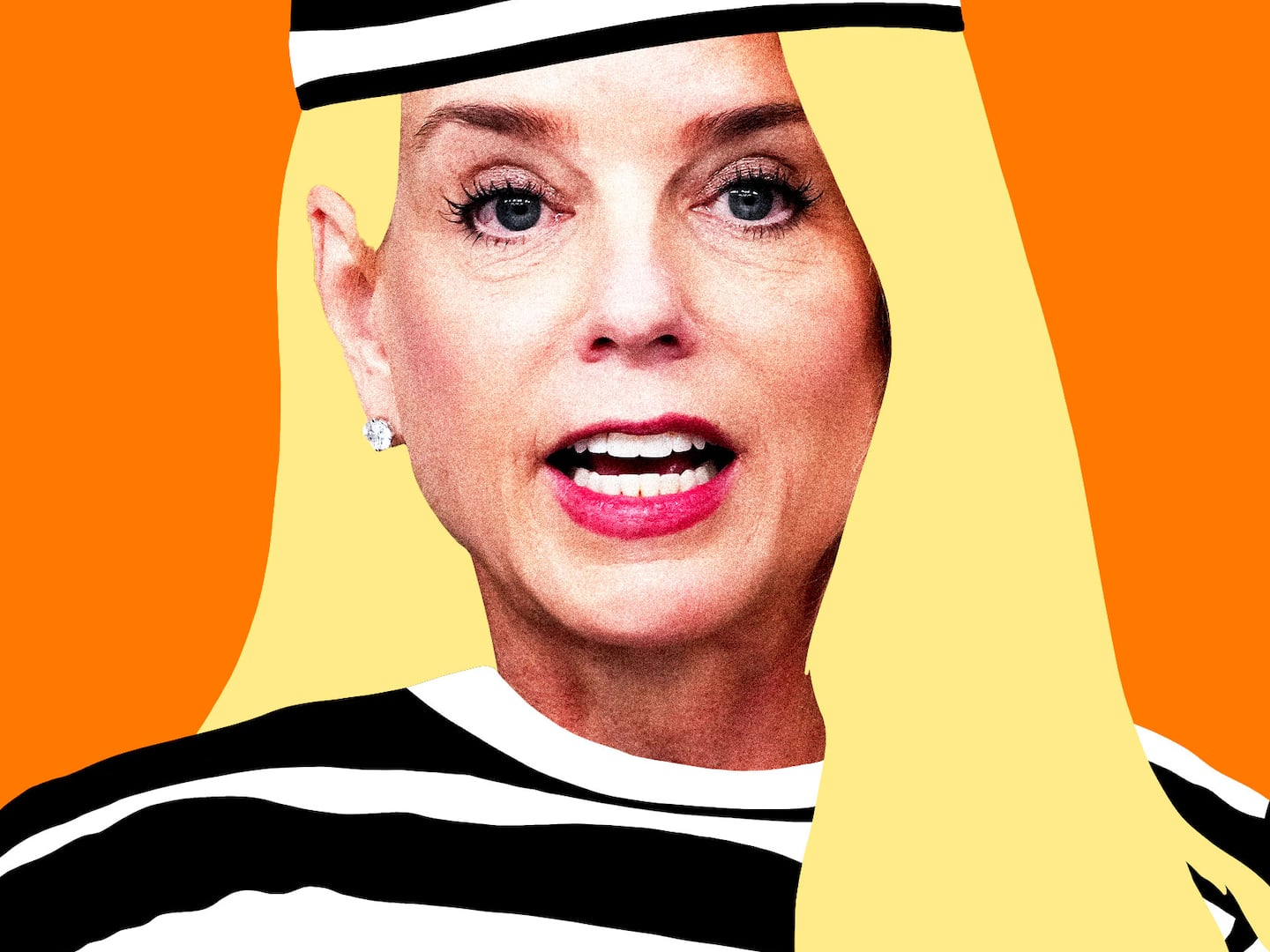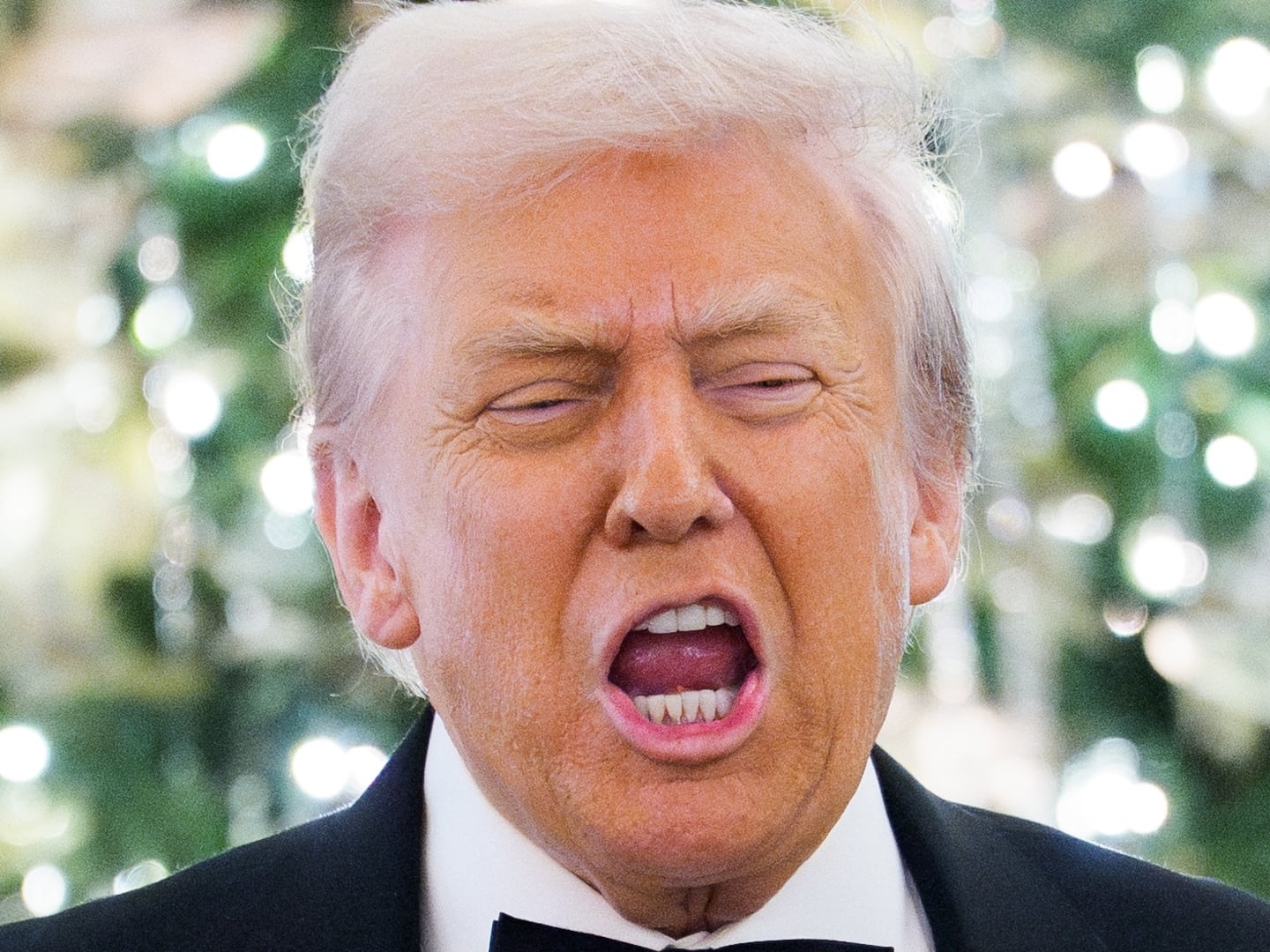
Plus, read more insight on Iran's election from other Daily Beast writers.
Regardless of how the events in Iran unfold in the coming days and weeks, it is now beyond any doubt that the Iranian regime is showing some serious cracks and could be imploding, with pillars of the Islamic Revolution turning against Supreme Leader Ayatollah Ali Khamenei and the ruling establishment.
Never in the 30-year history of the Islamic Republic of Iran have two former presidents—Ali Akbar Hashemi Rafsanjani and Mohammad Khatami—split from the supreme leader and backed the opposition reformist candidate, in this case Mir Hossein Mousavi, who himself is a former prime minister.
Once we hear that all the foreign correspondents have been expelled, we know what’s coming next.
Mehdi Karroubi, a former speaker of the Iranian parliament who was also a candidate in the elections, piled on and joined forces with Rafsanjani and Khatami in support of Mousavi, creating a formidable coalition against the “reinstalled” President Mahmoud Ahmadinejad and Khamenei, and the military apparatus behind him.
But it will be the military-security establishment that will have to settle the conflict, for better or worse. So far, it has exercised relative restraint, with the hope that the protests die down. But if they don’t, it’ll probably be a different story.
While the conventional wisdom is the supreme leader ultimately calls the shots, the decisive factor in determining the outcome of the current internal conflict, under the circumstances, will be the military and intelligence establishment. It’s a monster created by the religious theocracy over the years and strengthened by Ahmadinejad under Khamenei’s watch in the past five years, and it now seems more powerful than the religious clique that reigned supreme before the election. That monster now has a life of its own and can topple or install whoever it wants, assuming it remains united.
The most likely scenario is a massive security crackdown against the protesters, which could turn very bloody. Once we hear that all the foreign correspondents have been expelled, we know what’s coming next.
When the reformist former President Khatami failed to push through his reform agenda over two terms—because of the intransigence of the religious authorities and the military rulers—he decided against a confrontation, despite having won both elections with nearly 70 percent of the vote. Khatami’s and his supporters’ hopes were dashed.
But it does not look like this will be the case with Mousavi, who is contesting the election results, accusing the establishment of widespread fraud, and vowing to fight to the end to restore the will of the people.
Will he stick to his position if blood starts flowing in the streets and the country moves toward civil war, after Monday’s protest by hundreds of thousands already saw its first protest “martyr”? Only time will tell.
But the genie is already out of the box, and if a full-scale bloody counter-revolution does not evolve, and Ahmadinejad continues to rule, which is very likely, Iran will become a brutal police state where freedom of expression will be severely curtailed and thousands of dissidents thrown in jail.
Technology was on the side of the protesters, until the authorities intervened to disrupt wireless communications, ban news Web sites and Facebook, block broadcasts, expel unfavorable foreign correspondents, and silence the national press. But despite the crackdown on the media, images of protesters have continued to reach the rest of the world, which is largely sympathetic to their cause.
This is a huge dilemma for the Obama administration. Should the president side with the opposition, he would risk damaging their cause, especially as Ahmadinejad will most certainly accuse the opposition of treason by allying itself with the imperialist “Great Satan.” A worsening of relations with the Iranian regime, assuming it survives this challenge, could doom the proposed dialogue between Washington and Tehran. It could also lead to a deterioration in the security situation in Iraq, where Iran has certain leverage, making it much harder for Obama to pull out American troops as planned without appearing to be abandoning his commitments to that country.
If Obama does not encourage democracy, as he promised he would in his Cairo speech early this month, he will expose himself to accusations of hypocrisy and will appear to be appeasing the theocracy in Tehran.
Late Monday night, Obama said he was “deeply troubled” by the violence in Iran. Speaking at the White House, he weighed in publicly for the first time on the massive demonstrations and associated violence taking place there.
“Obviously all of us have been watching the news from Iran,” he said. “And I want to start off by being very clear that it is up to Iranians to make decisions about who Iran’s leaders will be; that we respect Iranian sovereignty and want to avoid the United States being the issue inside of Iran, which sometimes the United States can be a handy political football—or discussions with the United States.
“Having said all that, I am deeply troubled by the violence that I’ve been seeing on television.”
This was Obama’s balancing act: Take note of what’s happening, say it is up to the Iranians to take decisions that concern them, without taking sides, but express concern over the violence. It was a statement with implications. Some will see his position as wise, some as a sellout to the cause of freedom and reform. But things could dramatically change for Obama, depending on how events unfold.
Salameh Nematt is the international editor of The Daily Beast. He is the former Washington bureau chief for the international Arab daily Al Hayat, where he reported on U.S. foreign policy, the war in Iraq, and the U.S. drive for democratization in the broader Middle East. He has also written extensively on regional and global energy issues and their political implications.






